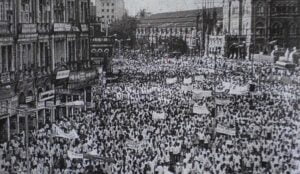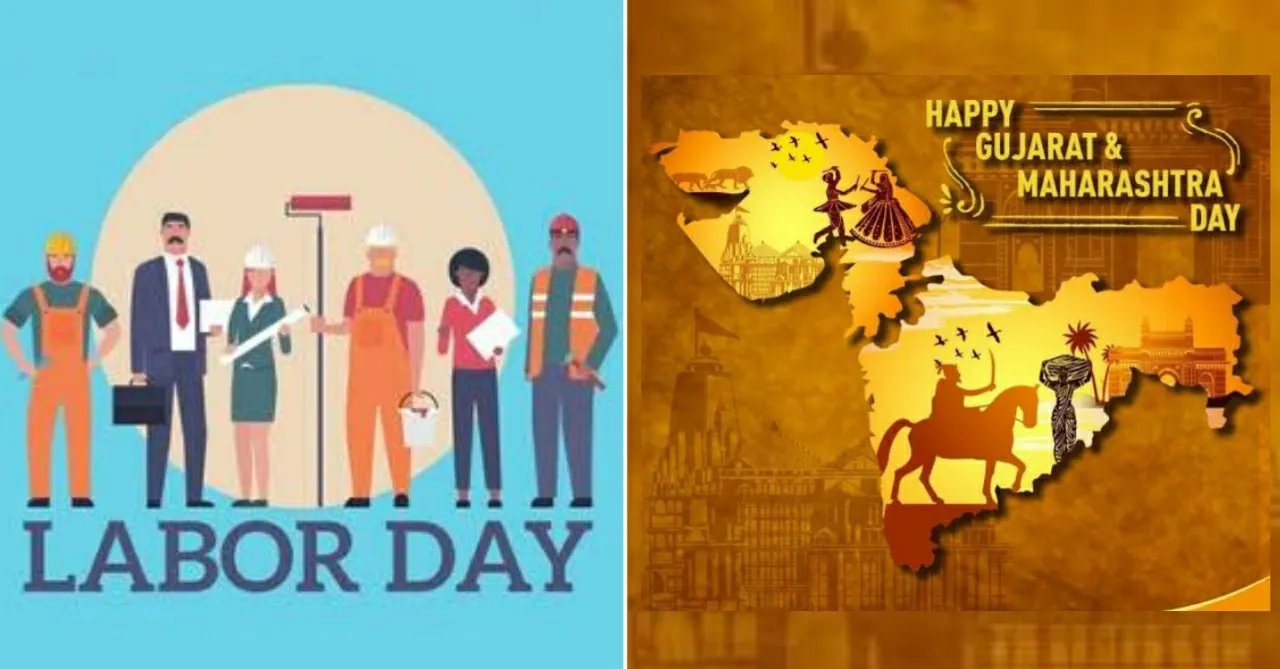May 1, or May Day, is here, and it has a major significance on the population across India and the world. Scroll further to know the important significance of May Day.
Maharashtra and Gujarat Divas:
Every year on May 1, Maharashtra Day or Maharashtra Diwas is observed to mark the passing of the Bombay Reorganisation Act in 1960, which resulted in the establishment of the state of Maharashtra, which primarily speaks Marathi.
What is the history?
The Bombay Presidency, which was governed by the British, included Maharashtra. The Bombay Presidency was kept as a province of India after that country attained independence in 1947. However, the region’s Marathi-speaking residents began calling for their own state.

Samyukta Maharashtra Movement.
The Bombay State was divided into Gujarat and Maharashtra by the Bombay Reorganisation Act of 1960. Marathi, Kuchi, Gujarati, and Konkani were the four main languages spoken in the state of Bombay. The Kutchi and Gujarati-speaking people joined the state of Gujarat, and the Marathi and Konkani-speaking people joined the state of Maharashtra.
Apart from Maharashtra and Gujarat Divas, May Day is also celebrated to commemorate International Labour Day (ILD).
May Day or ILD:
International Labour Day is observed on May 1 of each year all across the world. Also known as May Day or Worker’s Day, this holiday is celebrated to promote understanding of workers’ values and rights. Labour Day is a recognised national holiday in several nations, and on this day, various companies hold campaigns to improve their employees‘ lives.

Image For Representation
Image Source: iPleaders Blog
What is the history?
After the first International Congress of Socialist Parties in Europe declared May 1 the “Workers Day of International Unity and Solidarity” on July 14, 1889, in Paris, France, the first International Labour Day was observed on May 1, 1890.

International Congress of Socialist Parties
Image Source: Wikipedia
The events taking place on the other side of the Atlantic were the reason this day, May 1, was selected. In 1884, the American Federation of Organised Trades and Labour Unions called for an eight-hour workday, which would take effect on May 1 of that year. This sparked the general strike and the 1886 Haymarket Riot in Chicago. The International Working Day was established three years later to commemorate the working movements.
The Labour Kisan Party of Hindustan observed India’s first May Day in Chennai (formerly Madras) in 1923.



















































































